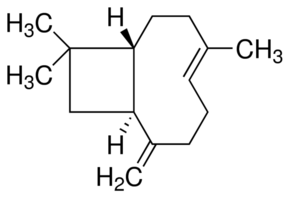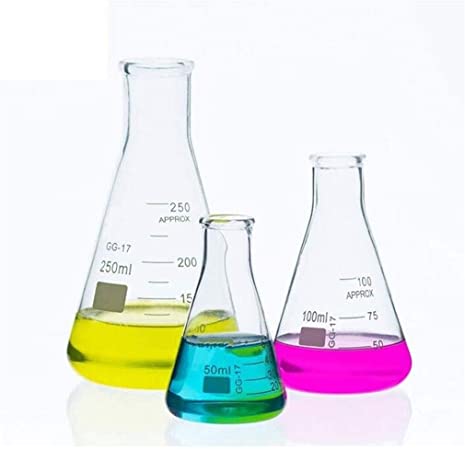| Chapitre 4 : Isomers: The Arrangement of Atoms in Space |
Page |
| Cis–Trans Isomers Result from Restricted Rotation |
145 |
| Using the E,Z System to Distinguish Isomers |
147 |
| A Chiral Object Has a Nonsuperimposable Mirror Image |
150 |
| An Asymmetric Center is a Cause of Chirality in a Molecule |
151 |
| Isomers with One Asymmetric Center |
152 |
| Asymmetric Centers and Stereocenters |
153 |
| How to Draw Enantiomers |
153 |
| Naming Enantiomers by the R,S System |
154 |
| Chiral Compounds Are Optically Active |
159 |
| How Specific Rotation Is Measured |
161 |
| Enantiomeric Excess |
163 |
| Compounds with More than One Asymmetric Center |
164 |
| Stereoisomers of Cyclic Compounds |
166 |
| Meso Compounds Have Asymmetric Centers but Are Optically Inactive |
169 |
| How to Name Isomers with More than One Asymmetric Center |
172 |
| Nitrogen and Phosphorus Atoms Can Be Asymmetric Centers |
177 |
| Receptors |
178 |
| How Enantiomers Can Be Separated |
179 |

